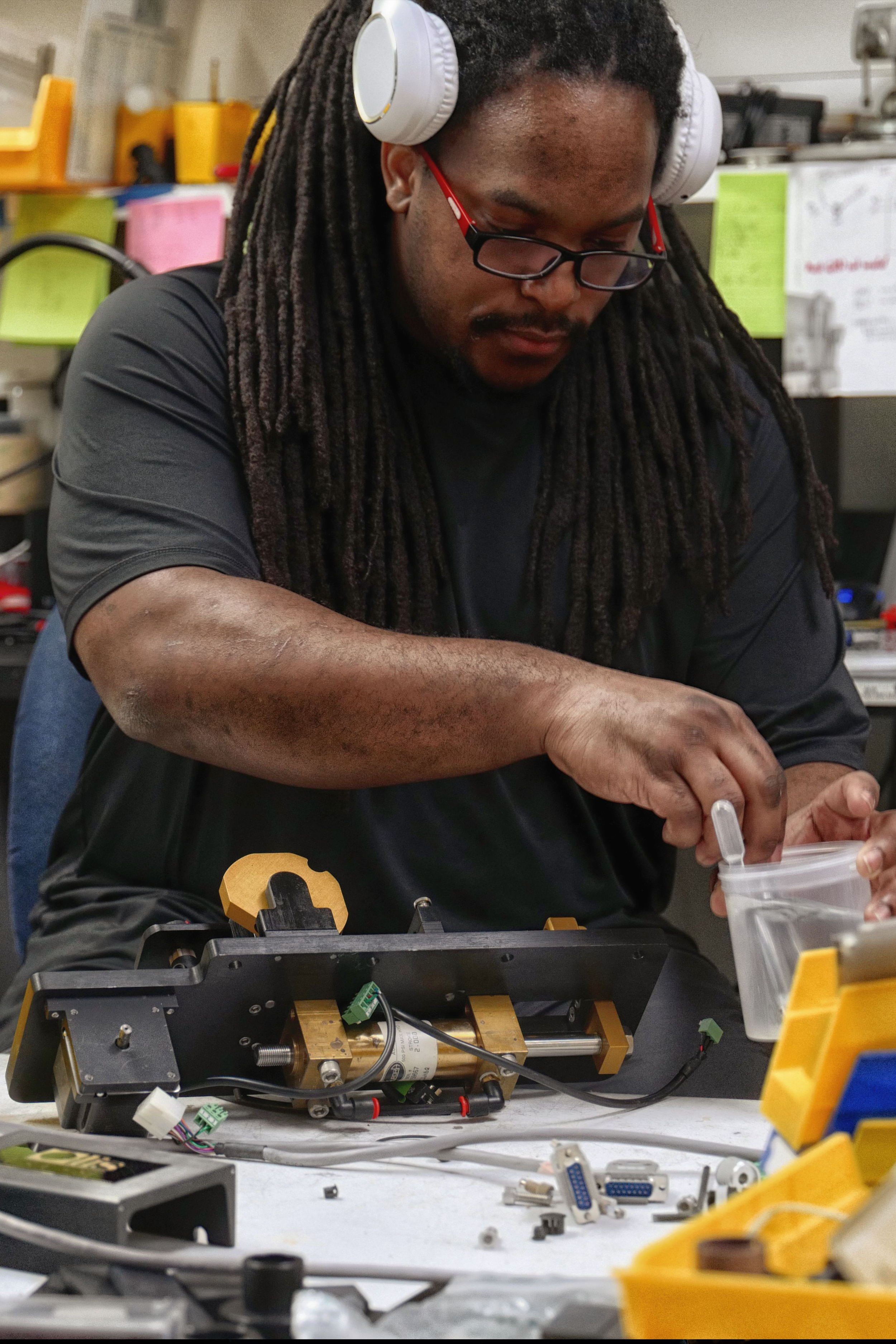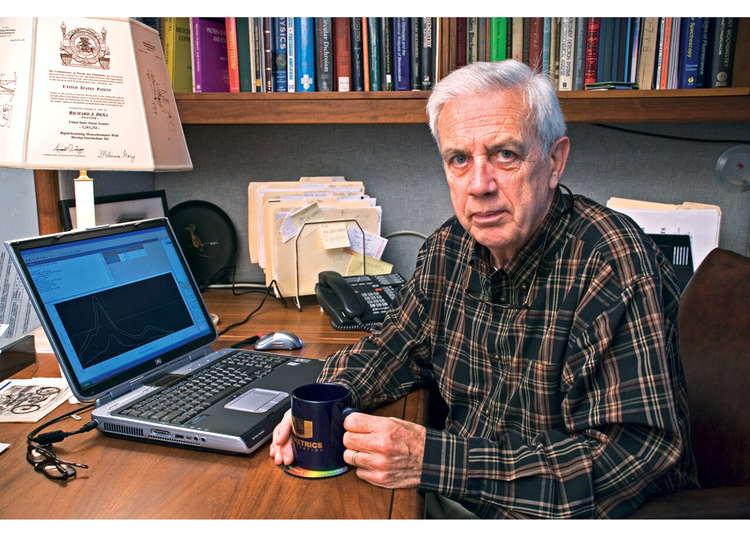Rumored Buzz on Uv/vis/nir
Table of ContentsThe Facts About Uv/vis UncoveredThe smart Trick of Circular Dichroism That Nobody is Talking AboutThe Circular Dichroism PDFsSome Of SpectrophotometersThe 30-Second Trick For Uv/vis

Spectrophotometry is a tool that hinges on the quantitative analysis of particles depending on how much light is soaked up by colored substances.
Get This Report on Circularly Polarized Luminescence
A spectrophotometer is typically utilized for the measurement of transmittance or reflectance of services, transparent or nontransparent solids, such as sleek glass, or gases. Many biochemicals are colored, as in, they take in visible light and for that reason can be measured by colorimetric procedures, even colorless biochemicals can frequently be converted to colored substances suitable for chromogenic color-forming responses to yield substances suitable for colorimetric analysis.: 65 However, they can also be designed to determine the diffusivity on any of the noted light ranges that typically cover around 2002500 nm using different controls and calibrations.
An example of an experiment in which spectrophotometry is utilized is the determination of the equilibrium constant of a solution. A particular chemical response within an option may occur in a forward and reverse direction, where reactants form products and products break down into reactants. Eventually, this chemical reaction will reach a point of balance called an equilibrium point.
A Biased View of Uv/vis
The amount of light that passes through the solution is a sign of the concentration of particular chemicals that do not enable light to go through. The absorption of light is because of the interaction of light with the electronic and vibrational modes of particles. Each type of molecule has a specific set of energy levels connected with the makeup of its chemical bonds and nuclei and thus will soak up light of particular wavelengths, or energies, resulting in special spectral residential or commercial properties.
They are extensively used in lots of industries including semiconductors, laser and optical production, printing and forensic examination, as well as in labs for the study of chemical compounds. Spectrophotometry is frequently utilized in measurements of enzyme activities, determinations of protein concentrations, determinations of enzymatic kinetic constants, and measurements of ligand binding reactions.: 65 Ultimately, a spectrophotometer is able to determine, depending on the control or calibration, what substances are present in a target and precisely how much through estimations of observed wavelengths.
Developed by Arnold O. Beckman in 1940 [], the spectrophotometer was produced with the help of his associates at his company National Technical Laboratories established in 1935 which would become Beckman Instrument Business and ultimately Beckman Coulter. This would come as a solution to the formerly created spectrophotometers which were unable to absorb the ultraviolet correctly.
Getting The Spectrophotometers To Work
It would be discovered that this did not give acceptable outcomes, for that reason in Design B, there was a shift from a glass to a quartz prism which allowed for better absorbance outcomes - UV/Vis/NIR (https://nowewyrazy.uw.edu.pl/profil). From there, Design C was born with a modification to the wavelength resolution which wound up having 3 systems of it produced
It was produced from 1941 to 1976 where the rate for it in 1941 was US$723 (far-UV accessories were an alternative at additional cost). In the words of Nobel chemistry laureate Bruce Merrifield, it was "most likely the most essential instrument ever established towards the development of bioscience." Once it ended up being terminated in 1976, Hewlett-Packard developed the first commercially offered diode-array spectrophotometer in 1979 called the HP 8450A. It irradiates the sample with polychromatic light which the sample takes in depending upon its properties. Then it is transferred back by grating the photodiode array which discovers the wavelength area of the spectrum. Given that then, the creation and application of spectrophotometry gadgets has increased profoundly and has become one of the most innovative instruments of our time.

Some Known Incorrect Statements About Uv/vis/nir
Historically, spectrophotometers use a monochromator consisting of a diffraction grating to produce the analytical spectrum. The grating can either be movable or repaired. If a single detector, such as a photomultiplier tube or photodiode is utilized, the grating can be scanned stepwise (scanning spectrophotometer) so that the detector can measure the light intensity at each wavelength (which will correspond to each "action").
In such systems, the grating is repaired and the strength of each wavelength of light is determined by a various detector in the array. When making transmission measurements, the spectrophotometer quantitatively compares the fraction of light that passes through a reference service and a test service, then digitally compares the strengths of the 2 signals and calculates the portion of transmission of the sample compared to the referral requirement.
